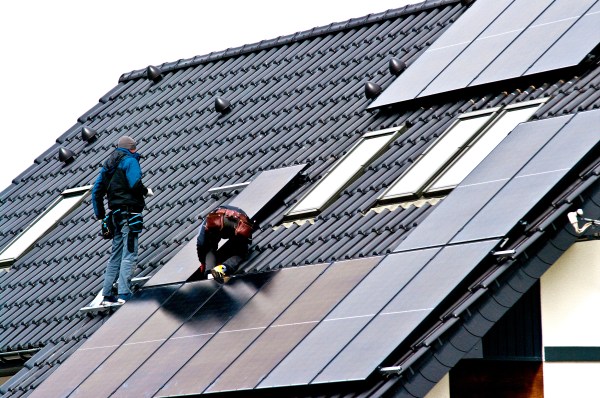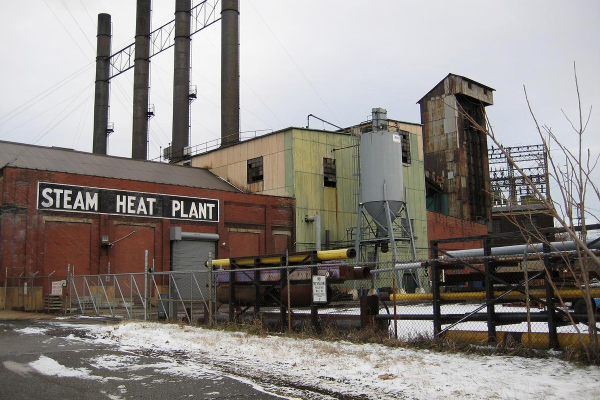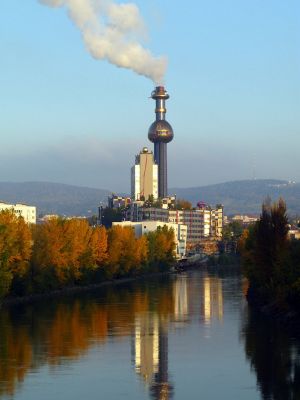Amidst the discussions about grid-level energy storage solutions, it is often easy to forget that energy storage can be done on the level of a single house or building as well. The advantages here are that no grid management is needed, with the storage (electrical, thermal, etc.) absorbing the energy as it becomes available, and discharging it when requested. This simplifies the scale of the problem and thus the associated costs significantly.
Perhaps the most common examples of such systems are solar thermal collectors with an associated hot water storage tank, and of course batteries. More recently, the idea of using a battery electric vehicle (BEV, ‘electric car’) as part of a home storage solution is also gaining traction, especially for emergencies where the grid connection has failed due to a storm or similar emergencies. But all-in-all, we don’t see many options for home-level energy storage.
Continue reading “Ask Hackaday: How Can You Store Energy At Home?”














